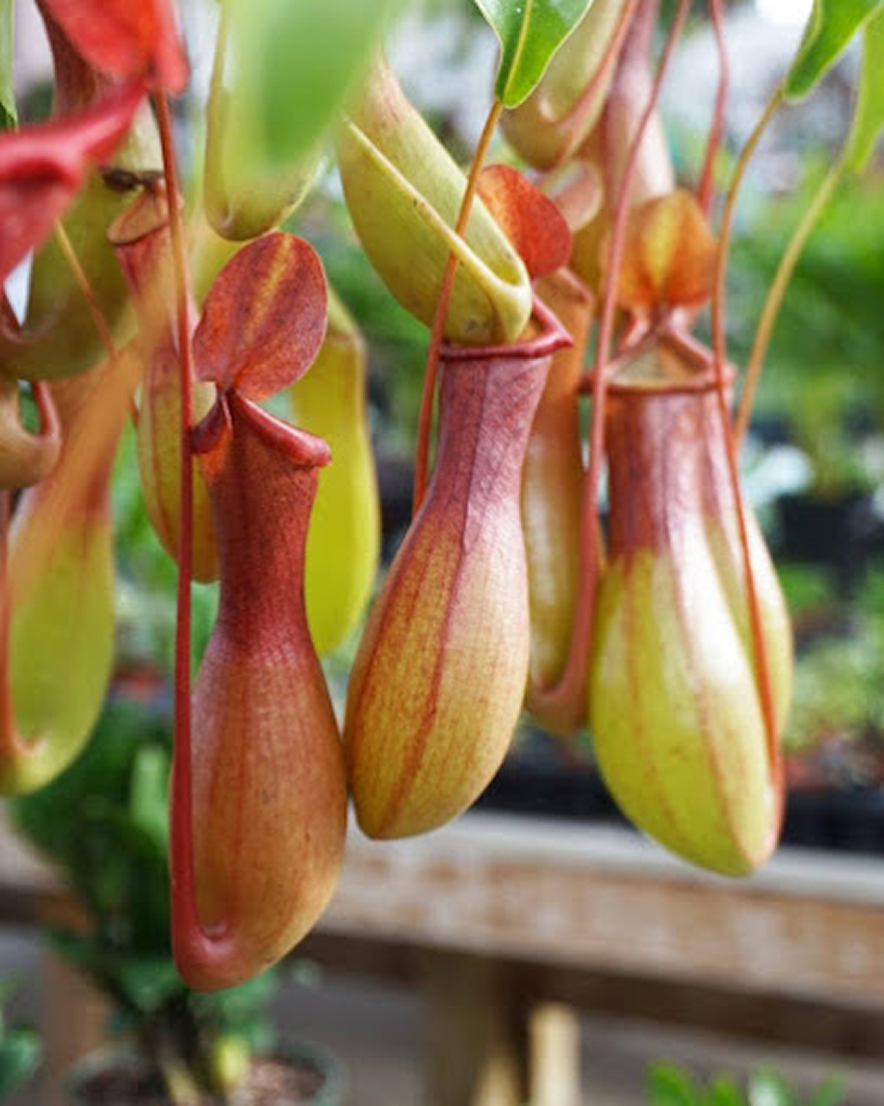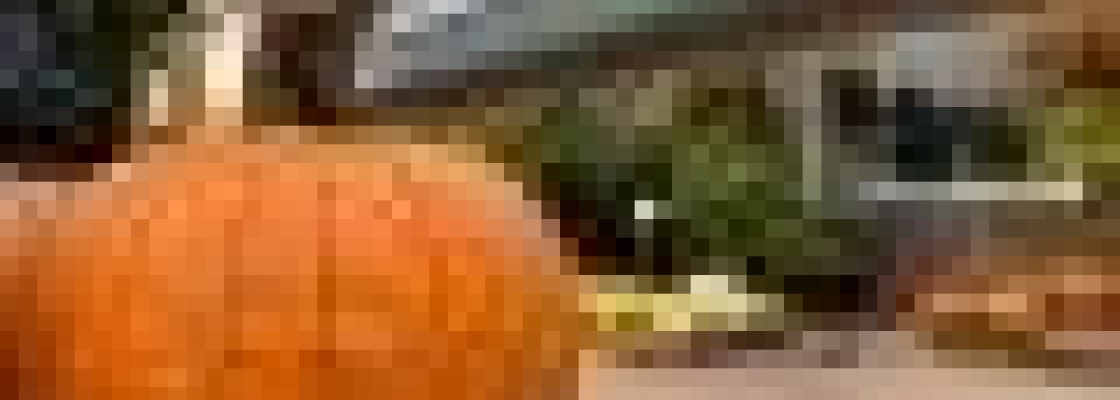
Bugs beware!
These plants have specialized leaves that trap insects (and occasionally other tiny critters). They then secrete digestive juices to break down their captives into nutrients that are useful to the plants. Why? Most carnivorous plants live in areas where there is very little soil rich in vitamins and minerals. Digesting bugs helps provide the plants with these nutrients so they can grow and thrive in tough environments.
How do they work?
Venus Flytraps (Dionaea) capture insects when they wander across tiny trigger hairs on the flat surfaces of the plant’s folding leaves. A triggered leaf snaps shut, and the bug inside becomes the plant’s meal.
Pitcher Plants (Sarracenia and Nepenthes) lure their prey with the sweet scent of nectar. Insects enter the pitcher-shaped leaves hoping for a sugary snack, but slip into a reservoir of digestive juices where they drown instead.
Sundew Plants (Drosera) produce droplets of sweet, sticky digestive juices from tiny hair-like glands on the surfaces of their leaves. Hungry insects are attracted to these droplets, believing they are tasty nectar. As the insects try to feed, they get thoroughly stuck in the plant’s “dew,” which eventually digests them.
Caring for your Carnivores
Place your carnivorous plants in a warm, bright location. Some direct sunlight, as from a south- or west-facing window, is beneficial.
Water them with distilled or rain water, as your tap water may contain minerals or small amounts of chlorine that will irritate these sensitive plants. Do not use fertilizer. Remember, carnivorous
plants are suited to environments where nutrients are very scarce, so bombarding them with nutrients they are not prepared to take up (such as fertilizer or mineral-rich well water) can actually harm them.
While the ability to digest bugs is advantageous to these plants, they do not require a constant supply of insects to survive. Two or three per year is plenty. In nature, Venus Flytraps, some Pitcher Plants (Sarracenia), and Sundews are found in sphagnum peat bogs (wetland areas), so keep their potting media wet, and place them in a dish or terrarium with no drainage holes.
Tropical Pitcher Plants (Nepenthes), on the other hand, grow from the rainforest floor and twine their long vining stems up through trees to reach the bright sunlight available above the forest canopy. Water these Pitcher Plants thoroughly when the surface of their potting soil feels dry to the touch, and add water to their pitchers so that they remain about 1/3 full.
It is normal for carnivorous plants to retire and shed mature, well-used insect traps. Simply snip off browning traps or pitchers to keep your plant looking tidy. Healthy, growing plants will quickly replace the old cast-offs with new specialized leaves.
